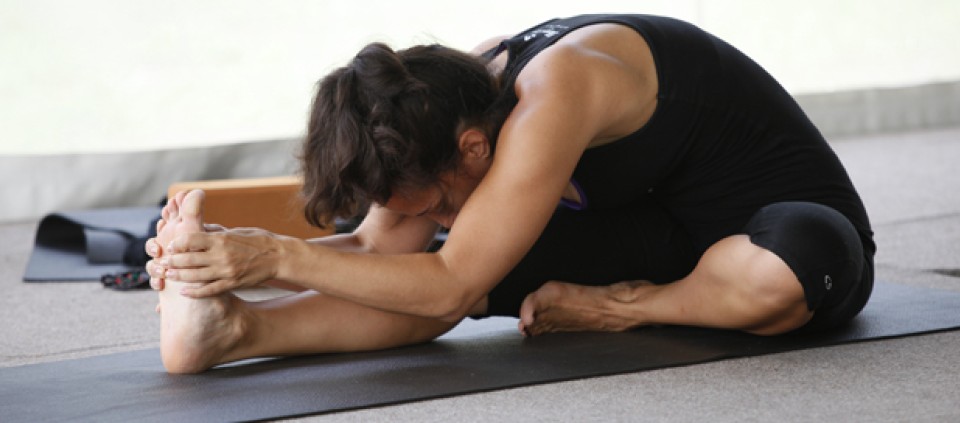The Connection Between Yoga and Ayurveda

Yoga and Ayurveda are two “sister” practices that originated in India thousands of years ago. Now, a lot of us are familiar with yoga, and have experienced firsthand—through postures, breathwork, and self-inquiry—its profound benefits. Yet many of us are not as familiar with Ayurveda. We might have heard about it in conjunction with yoga, but are not quite sure how, exactly.
In her R&R Retreat workshop Yoga and Ayurveda, Kripalu School of Yoga faculty member Jurian Hughes points out that yoga means union in Sanskrit, and a definition of Ayurveda is the wisdom of life. Explored together, these complementary practices can offer us transformative tools that foster greater health and vitality. And as Jurian also explains, integrating Ayurvedic principles into your yoga practice can create a deeper, richer experience on the mat that you can take with you off the mat as well.
“Ayurveda isn’t a one-size-fits-all philosophy,” Jurian says. “We're constantly in flux throughout the day: our energy level and our mood, for example, are different first thing in the morning than they are at noon.” Ayurveda, then, is a personalized, intuitive health philosophy. According to Ayurvedic principles, each of us has a unique constitution governed by our physical and emotional makeup, as well as our lifestyle—the foods we eat, what time we go to sleep. These constitutions are called doshas, and they are linked to the elements. The doshas are vata (air and ether), pitta (fire and water), and kapha (earth and water).
Knowing our doshas and how to balance them can help us customize our yoga practice for maximum results. Below is Jurian's yogic guide to the doshas.
Vata. “Vatas are mentally quick, enjoy movement, and are creative,” Jurian says. “Signs of imbalance for them are insomnia, anxiety, and dryness.” For those who might be experiencing vata imbalance, Jurian recommends slow, steady, grounding postures—Mountain pose, spinal twists, inversions—as well as deep, calm breathing to cultivate stillness, nurture, and self-care.
Pitta. The qualities of pitta dosha are passion, enthusiasm, and courage; on the flip side, anger, competitiveness, and imflammation are a sign of imbalance. Thus, Jurian suggests practicing cooling, relaxing postures to release heat and tension, such as forward bends, as well as heart-openers, such as Bow and Camel, to encourage compassion, patience, and the ability to slow down.
Kapha. “Those with a kapha constitution tend to be consistent, devoted, stable, and strong,” notes Jurian. Signs of kapha imbalance can include procrastination, dullness, and congestion, so stimulating movement such as Sun Salutations and vigorous breathing exercises such as kapalabhati can help foster enthusiasm, heat, and focus.
Take our quiz to determine your dosha.
Find out about upcoming programs with Jurian Hughes at Kripalu.
